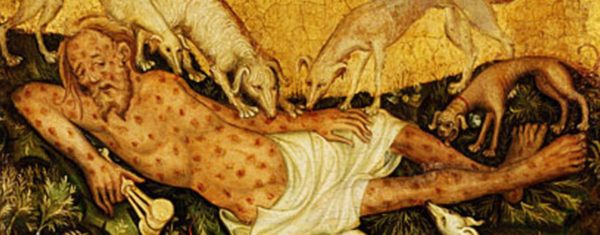When the Parisians ate rye bread poisoned by an ergot infestation in 945 A.D., hundreds of people became violently sick with nausea and searing sores on their arms, legs and groin. Ergot poisoning was thought to be witchcraft because of the hallucinations that came with the illness. The sick people bombarded the church of St. Mary, where they were treated, recovered after being fed from a clean storage of grains and returned home. But they were the lucky ones. Ergot poisonings killed thousands at a time in the Middle Ages. Ergot was a fungus that grew on rye and other grains during wet seasons, according to medicinenet.com. In 1093, the Order of St. Anthony was founded to treat the afflicted. Since St. Anthony was the patron saint, the condition was called St. Anthony’s Fire.
Bubonic Plague
The bubonic plague mainly affects rodents, but fleas could transmit the disease to people. Once people were infected, they rapidly infected others. The plague causes fever and a painful swelling of the lymph glands called buboes, which is how it got its name. The disease also causes spots on the skin that are red at first and then turn black. In October 1347, several Italian merchant ships returned from a trip to the Black Sea, one of the key links in trade with China. When the ships docked in Sicily, many of those on board were already dying of the plague. Within days, the disease spread to the city and the surrounding countryside, according to history.com. Over the next five years, the mysterious plague would kill more than 20 million people in Europe – almost one-third of the continent’s population.




